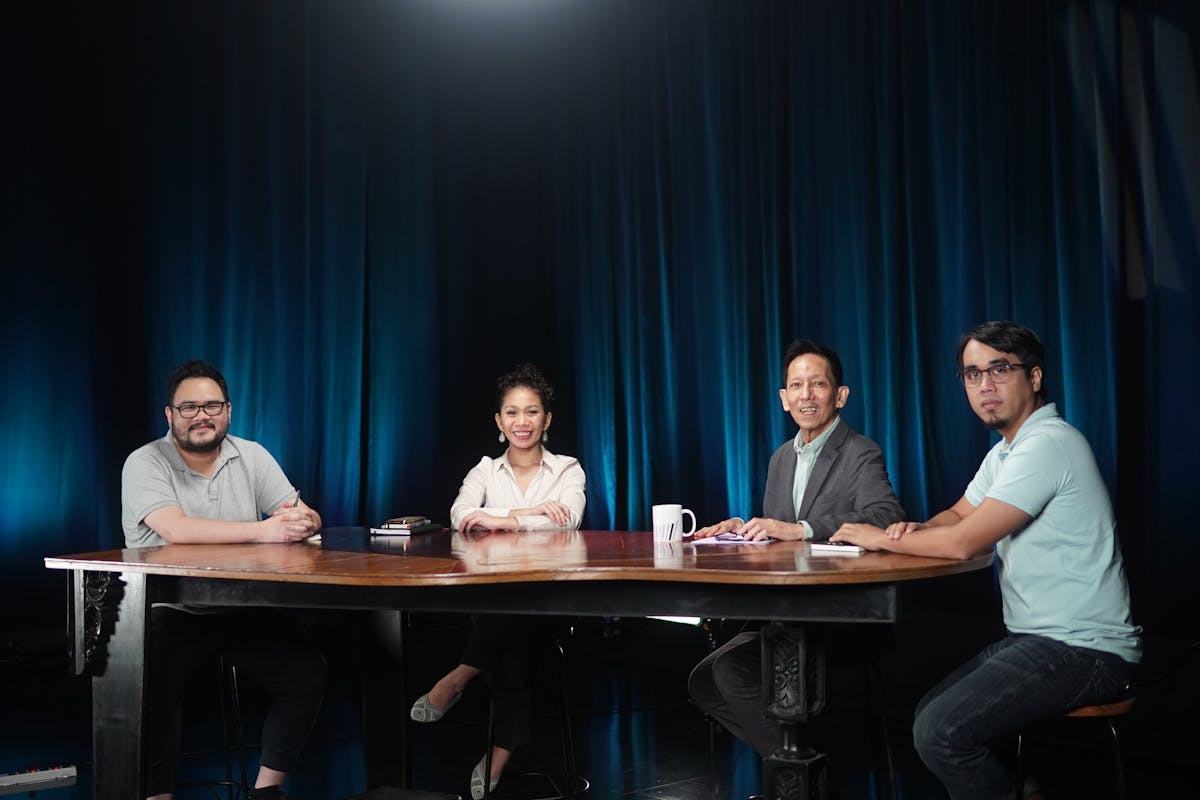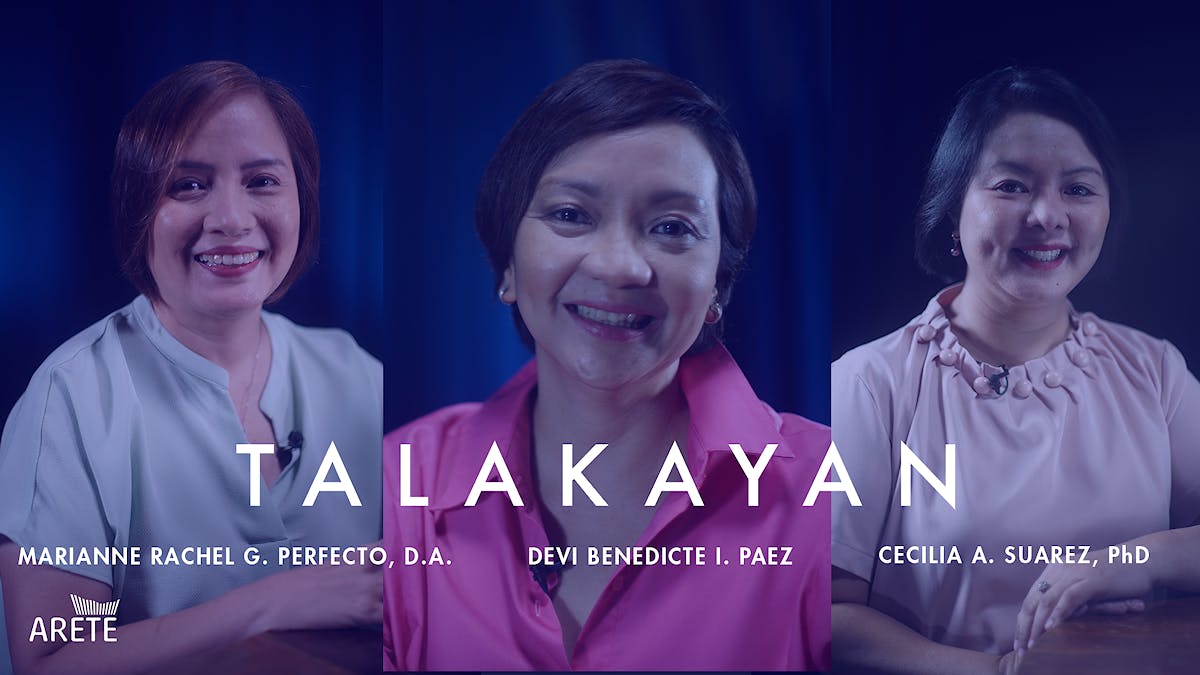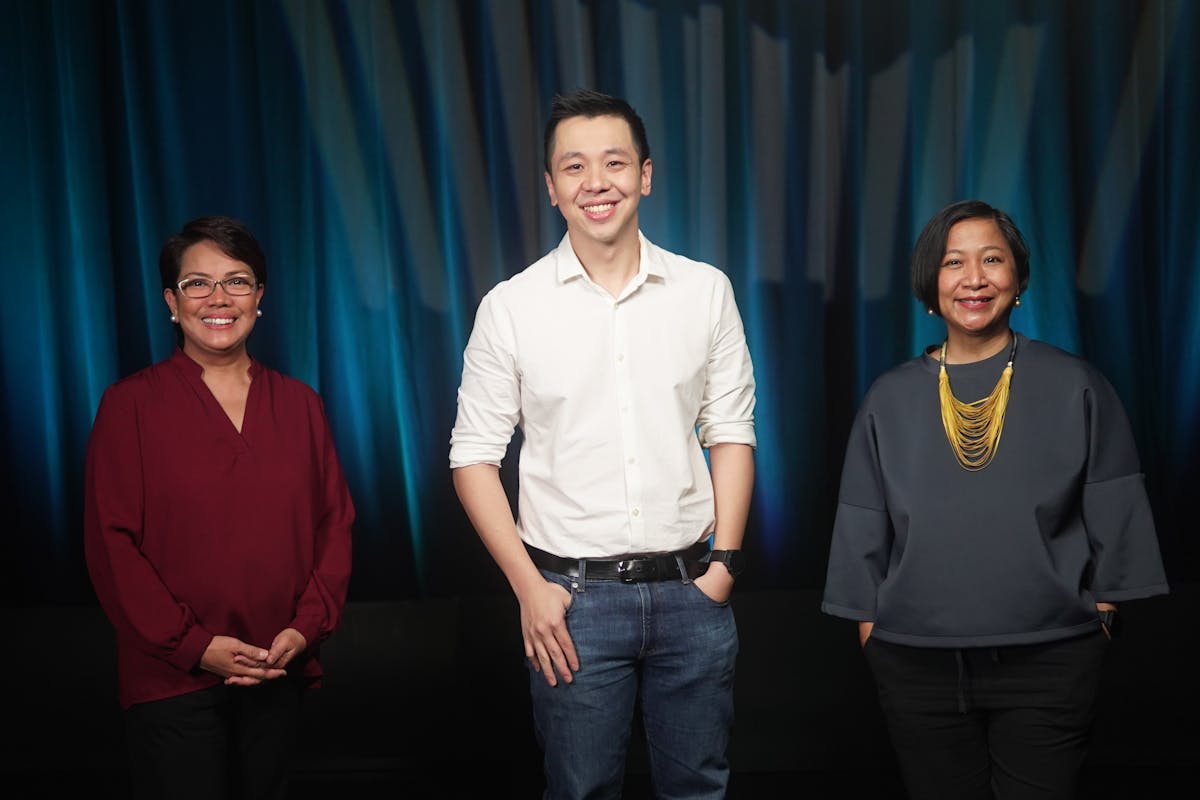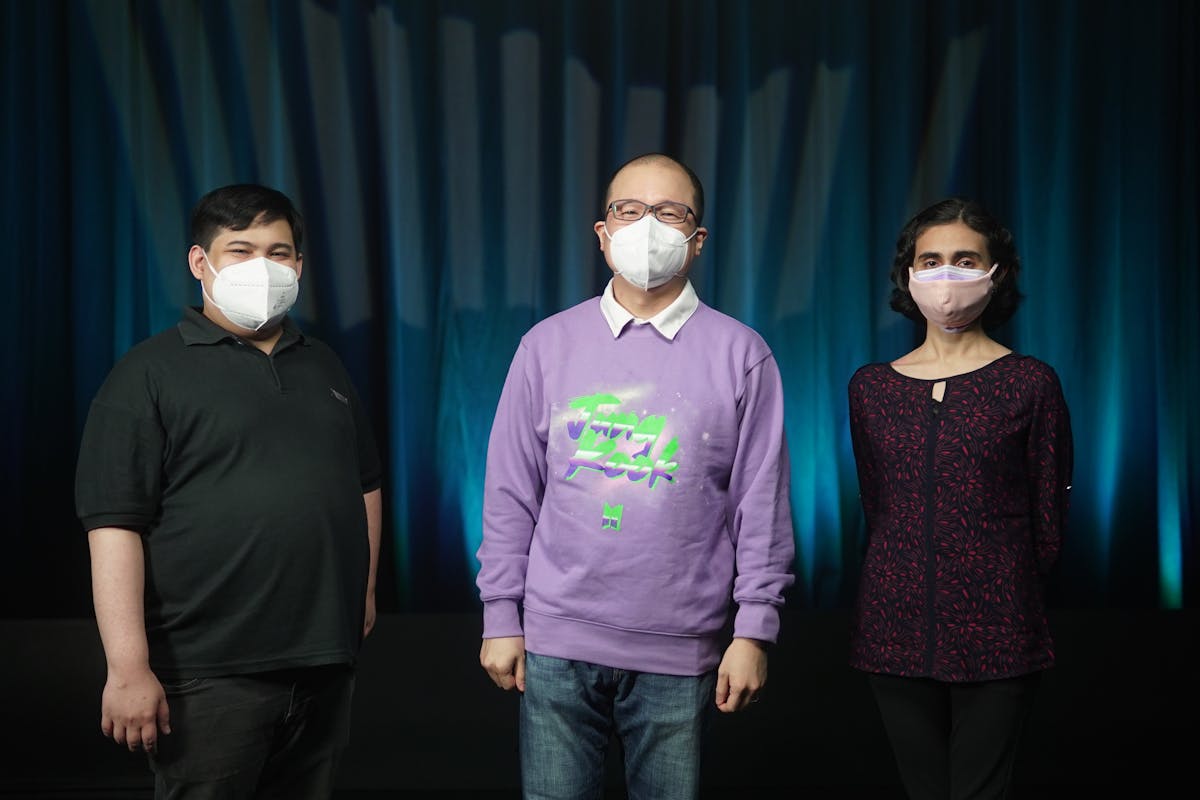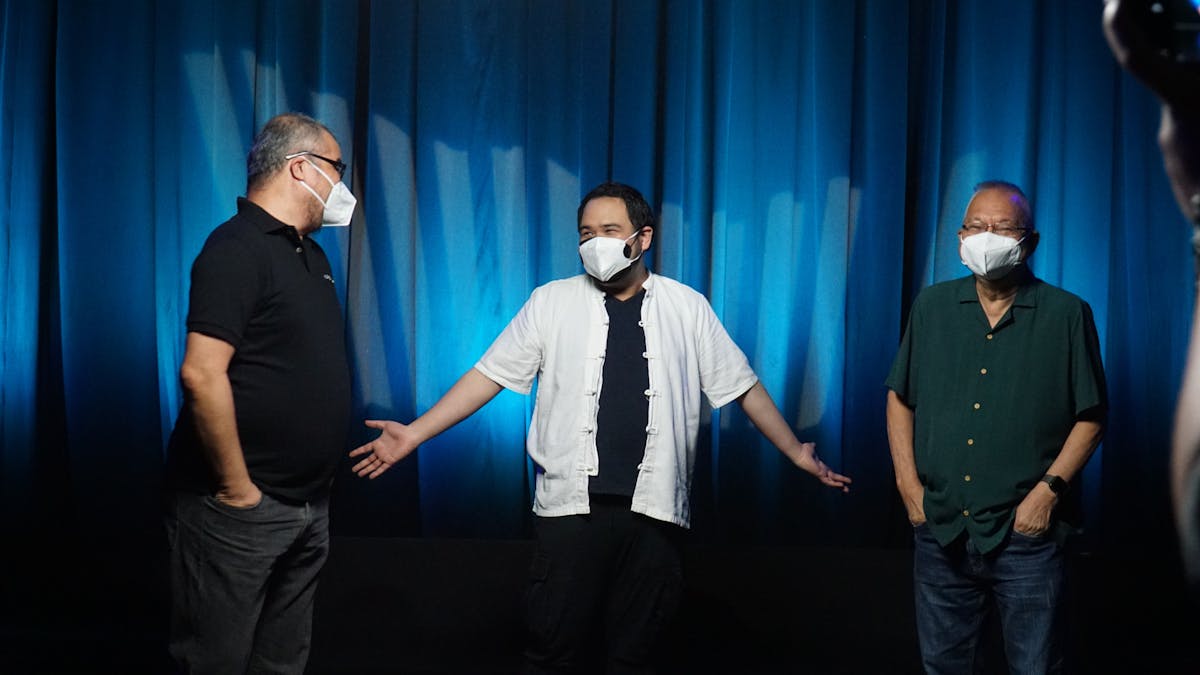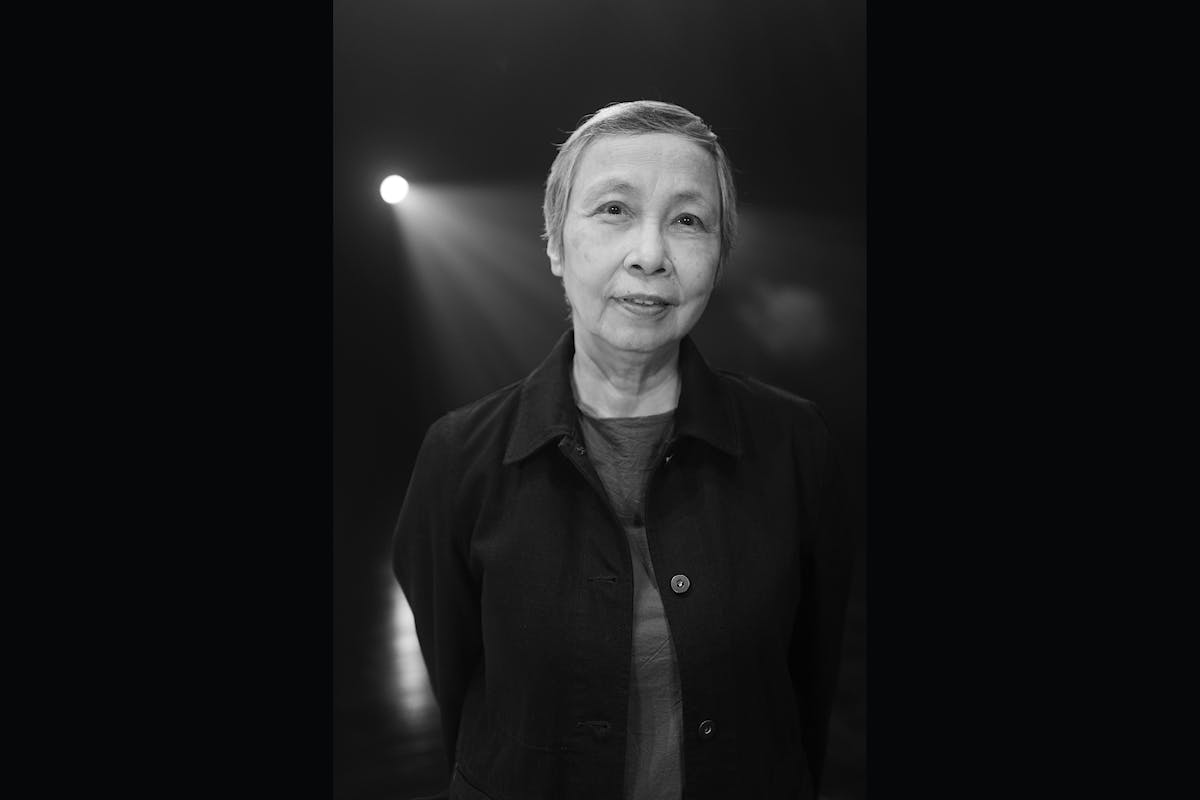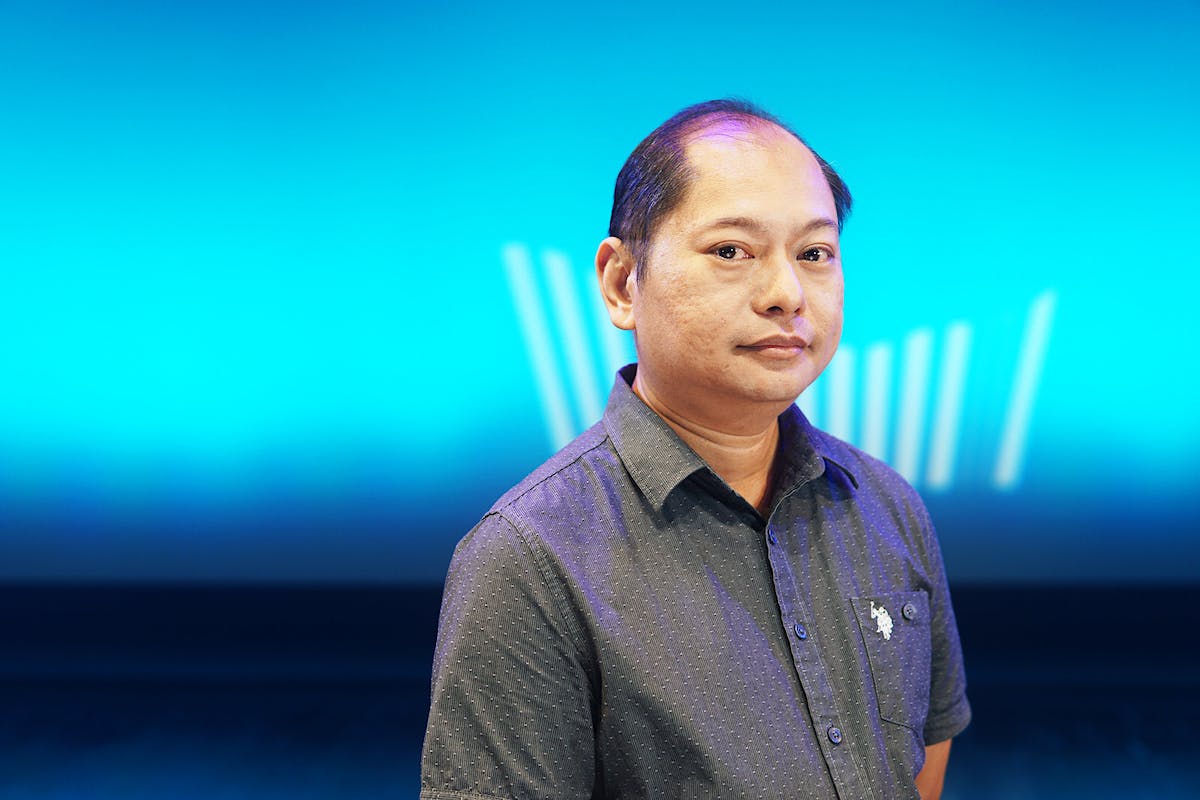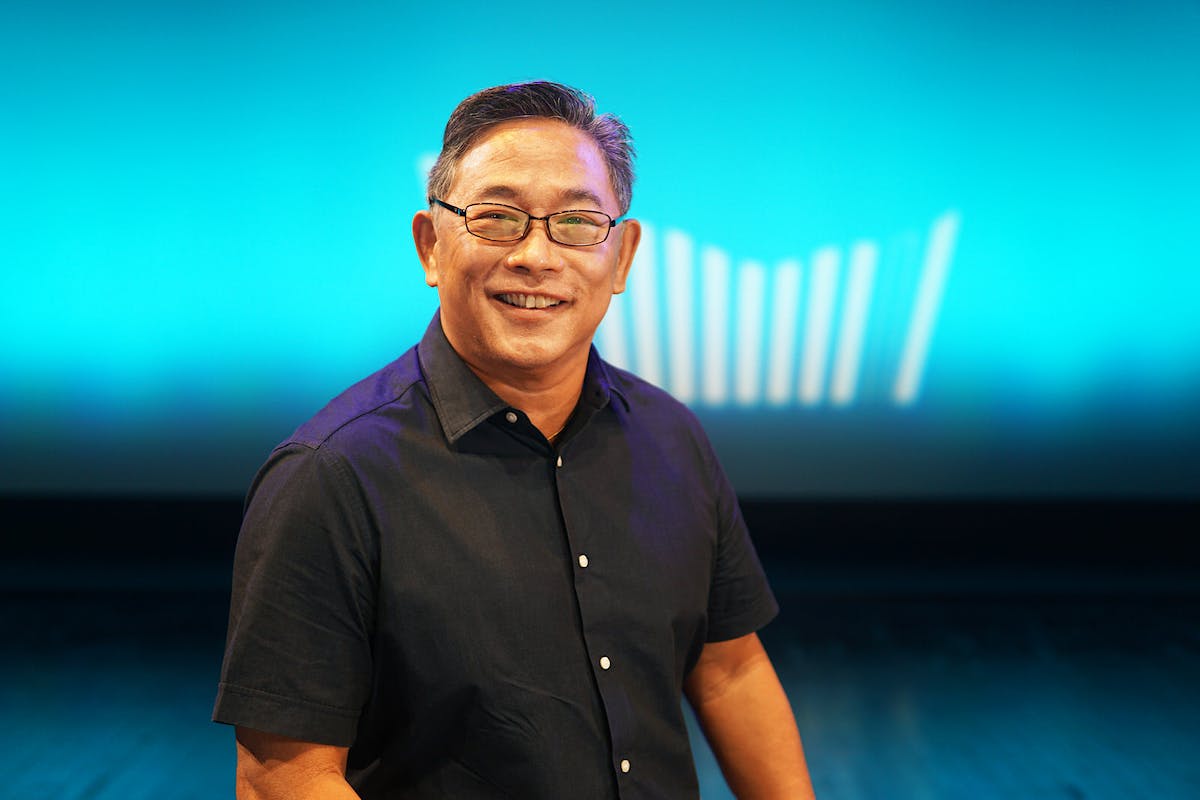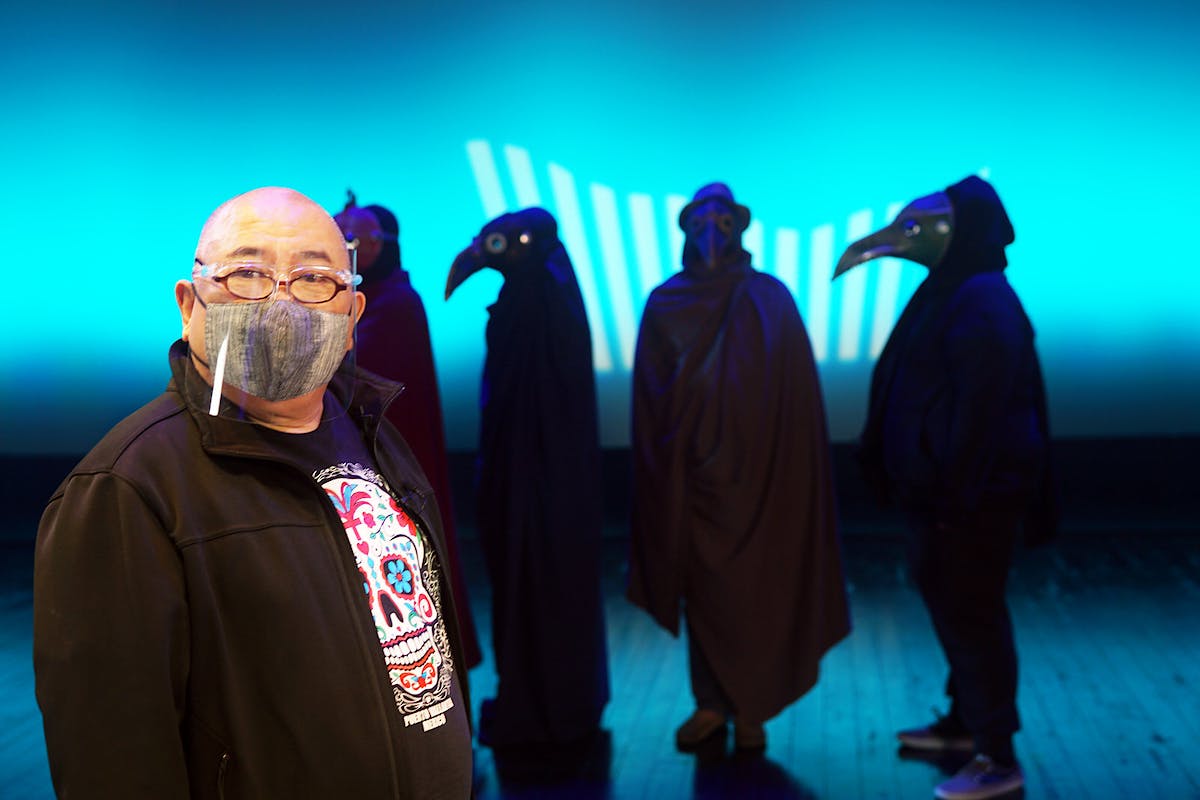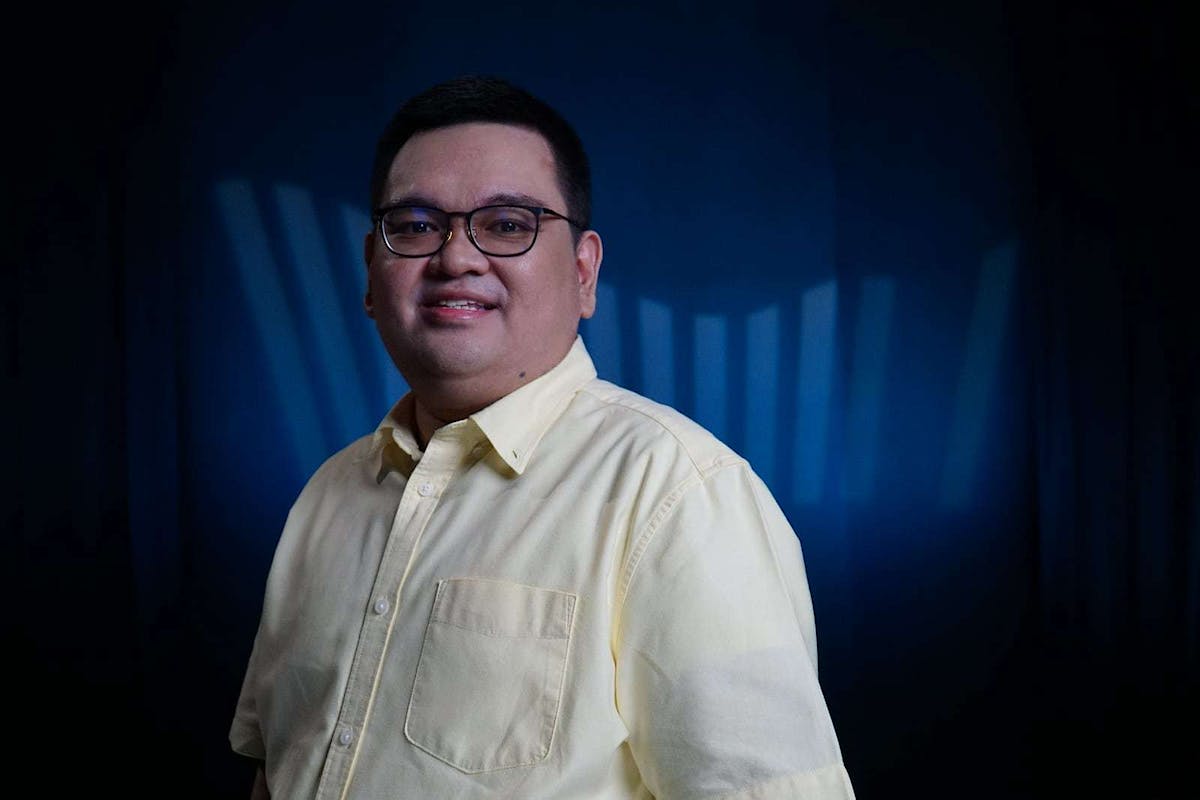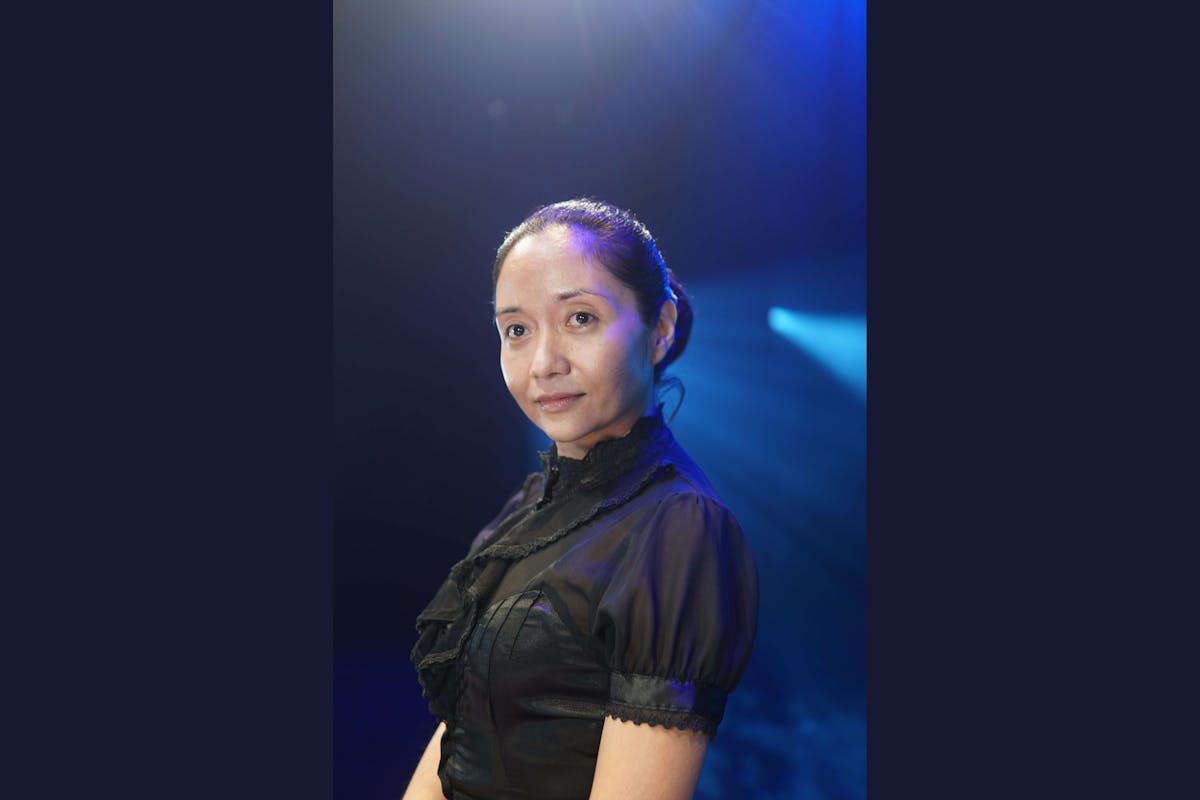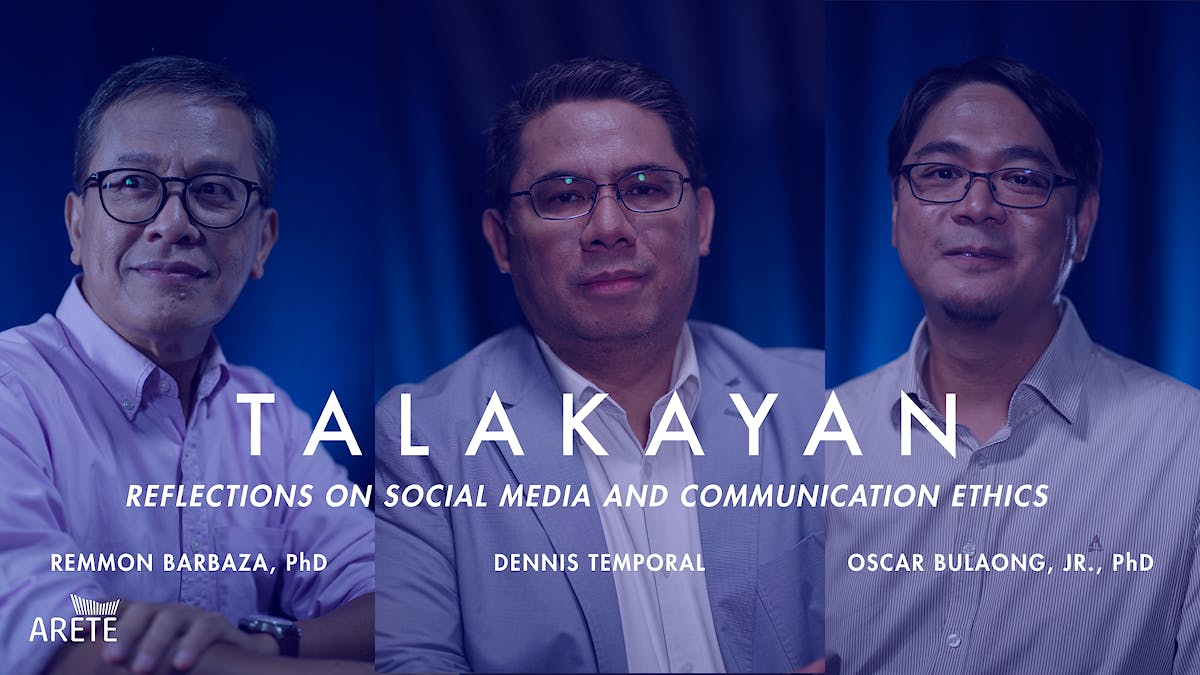
Talakayan
Nery, FlorCruz, Cabato -- Talakayan | Journalists on Journalism: Reflections on the May 9, 2022 Election
In this episode of Talakayan, John Nery, Jaime A. FlorCruz, and Regine Cabato share their viewpoints on the role of Journalism in the age of disinformation.

John Nery
Veteran journalist John Nery is a columnist and editorial consultant at Rappler. He hosts the weekly program “In the Public Square,” serves as a lecturer on media and politics at the Ateneo de Manila University, and co-convenes the Consortium on Democracy and Disinformation. He served as a senior editor at the Philippine Daily Inquirer, editor in chief of Inquirer.net, and a member of the executive board of the Asia News Network. Among other recognitions, he has received a Catholic Mass Media Award for investigative journalism, a National Book Award for book editing, an Award for Excellence from the Society of Publishers in Asia, and a visiting research fellowship at the Institute on Southeast Asian Studies (ISEAS) in Singapore. He was the first Sandra Burton Nieman Fellow at Harvard University. His “Revolutionary Spirit: Jose Rizal in Southeast Asia” was published by ISEAS in Singapore and by the Ateneo de Manila University Press in the Philippines.
Jaime Florcruz
Jaime A. FlorCruz is a veteran China-watcher and foreign correspondent in China. In August 1971, FlorCruz, a vocal anti-Marcos activist during his college days, unexpectedly found himself stranded in the People's Republic of China. Then on a three-week tour of China, he was forced into exile when then-President Ferdinand Marcos suspended the writ of habeas corpus and rounded up hundreds of his opponents and critics. Marcos declared martial law in 1972 and a year later, FlorCruz's Philippine passport expired. He was a stateless citizen stranded in China for 12 years.
While in China, FlorCruz studied, worked and traveled extensively. He worked for a year (1972) in a state farm in Hunan province, Mao Zedong's birthplace and also in a fishing corporation in Shandong Province (1973-74). In Beijing, he took two years of intensive Chinese language study at the Beijing Languages Institute (1974-76). He received his B.A. in Chinese history from Peking University (1982) in addition to a B.A. in advertising at the Polytechnic University of the Philippines in 1971.
FlorCruz has reported extensively on China since 1981, when he started his journalistic career as a Beijing reporter for Newsweek. In 1982, he joined TIME Magazine’s Beijing bureau, and served as Beijing bureau chief from 1990 to 2000. He served as CNN’s correspondent and Beijing bureau chief from 2001 to 2015.
FlorCruz has witnessed and reported the most significant events of China’s past five decades, including the country’s economic and social reforms, the Tiananmen protests in 1989, the Hong Kong handover in 1997 and the 2008 Olympics in Beijing.
Regine Cabato
Regine Cabato is the Manila reporter for the Washington Post. She graduated with a degree in communication from Ateneo de Manila University in 2016 and previously worked in CNN Philippines. Her deep-dive into a child abuse case against a parish priest in rural Philippines was a finalist for a Society of Publishers in Asia Award in 2021. She has also received the LaSallian Scholarum and Palanca Awards for her journalism and poetry.
Her commentary has been featured on BBC, CBS, and CNN among other global news networks. She is a co-convenor for Campus Journalism Lab, an initiative for skills training among student journalists.
Talakayan is a series which presents how scholarship merges with practice by highlighting innovations, creative solutions, or responses to the complexities, ambiguities, and vulnerabilities we collectively face today. It is produced and shared for the benefit of learners everywhere. Talakayan is available on Arete’s YouTube channel for free.
Talakayan is an Areté Production done in partnership with Loyola Schools Department of Communication and the Eugenio Lopez Jr. Center for Multimedia Communication.
